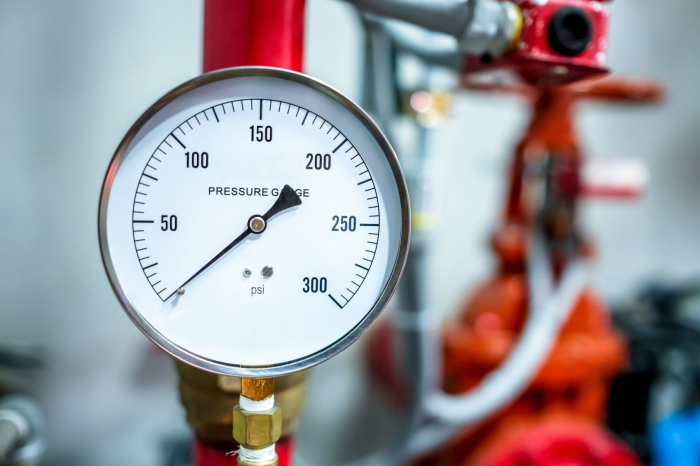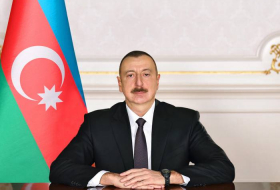"In a severe situation - say a deep cold snap in late winter, when gas storage is getting low - prices could theoretically go well over $5,000/thousand cubic meters or even higher, as there is no real alternative fuel that will step in and act as a substitute at any given price point. Such a situation would almost certainly be temporary, with prices dropping from their peaks in a day or two (look at the spike in European gas prices from 2018 as an example), but in the short term, 'the sky is the limit'," Ronald Smith from BCS Global Markets says.
There is no reasonable ceiling for spot prices at present and "if physical shortage occurs, the price can grow many-fold without regulators’ interference," Aleksey Grivach from the National Energy Security Fund noted.
Gas spot prices in Europe climbed above $3,000 per 1,000 cubic meters the day before, for the first time since early March.
A new round of price increases is not excluded in October as the heating season in Europe kicks off but in September prices should decline to about $2,000 per thousand cubic meters, analysts of the Center of Energy Development said. "We see the recent price growth in the short run as largely speculative. We expect market correction during two coming weeks," the Center said.
The average monthly price level is significant for consumers and suppliers, Aleksey Grivach said. "It stumbled at about $1,100 per thousand cubic meters during the last heating season, with the maximum of $1,500 reached in March. The average indicator in July was 20% above the March record. The average price will be highly above $2,200 in August, with the trend of further growth during the heating season," the expert noted.
"In terms of economics, high prices are a signal to market participants to produce more and consume less. At this point, all non-Russian gas that can be produced and sent to Europe is already headed that direction, and higher prices cannot create more supply in the short term. Therefore, consumption will have to be reduced in order to achieve a balance of supply and demand," Ronald Smith said. "Indeed, we are already seeing this happen, of course, as energy-intensive industrial activity is being curtailed in Europe (metal smelters and even beer breweries in Germany!), and higher gas and electricity prices are now being passed along to residential consumers, which should also result in reductions in demand. All of that makes sense, but doesn't explain how high prices might get this winter," the analyst noted.
The high gas price already affected the European business and resulted in reduction of its consumption, Alexander Potavin from Finam said. "I do not expect gas prices this winter to be above $3,500 per 1,000 cubic meters in aggregate, and average prices can be even smaller," he added.
More about:















































